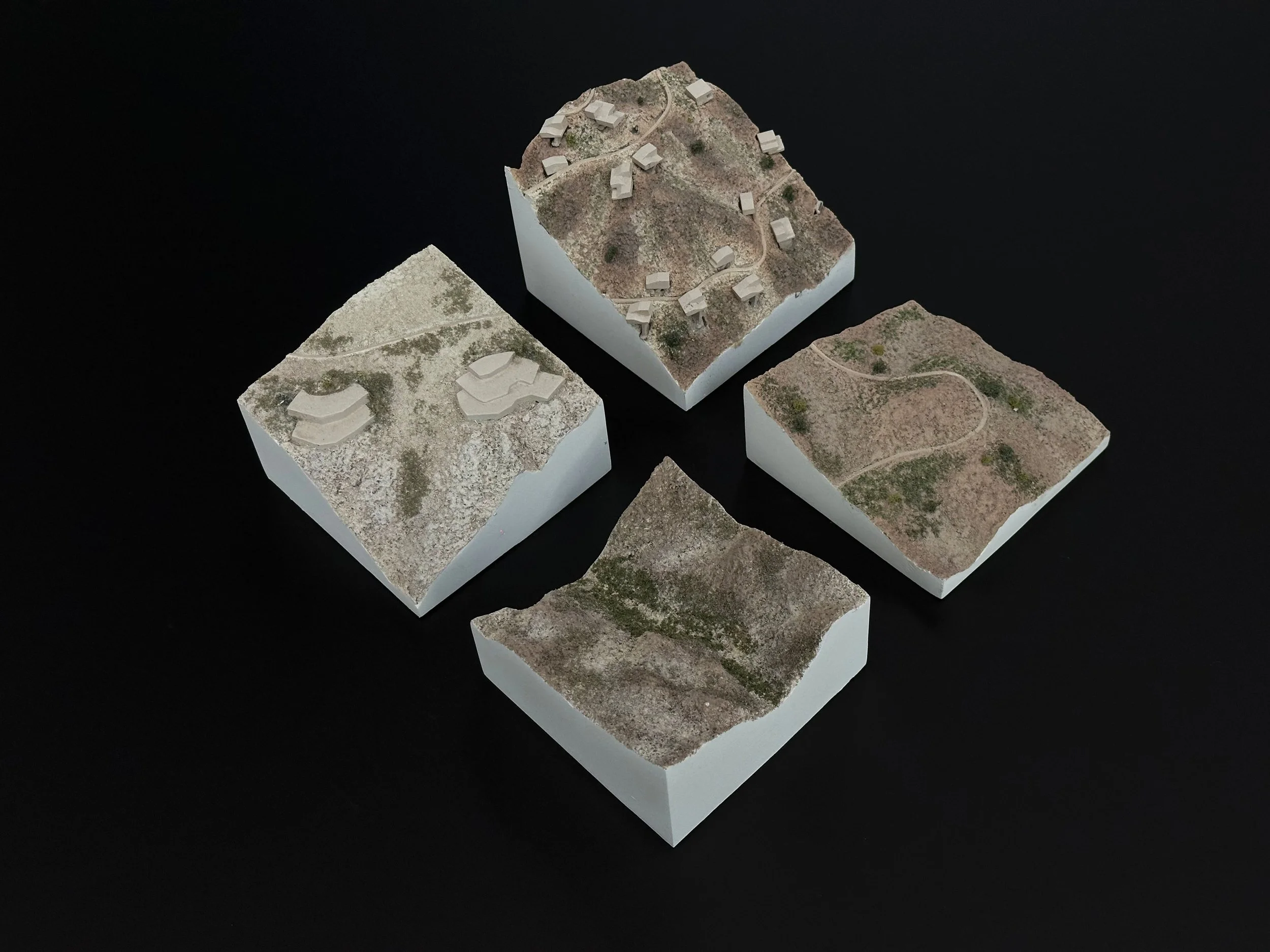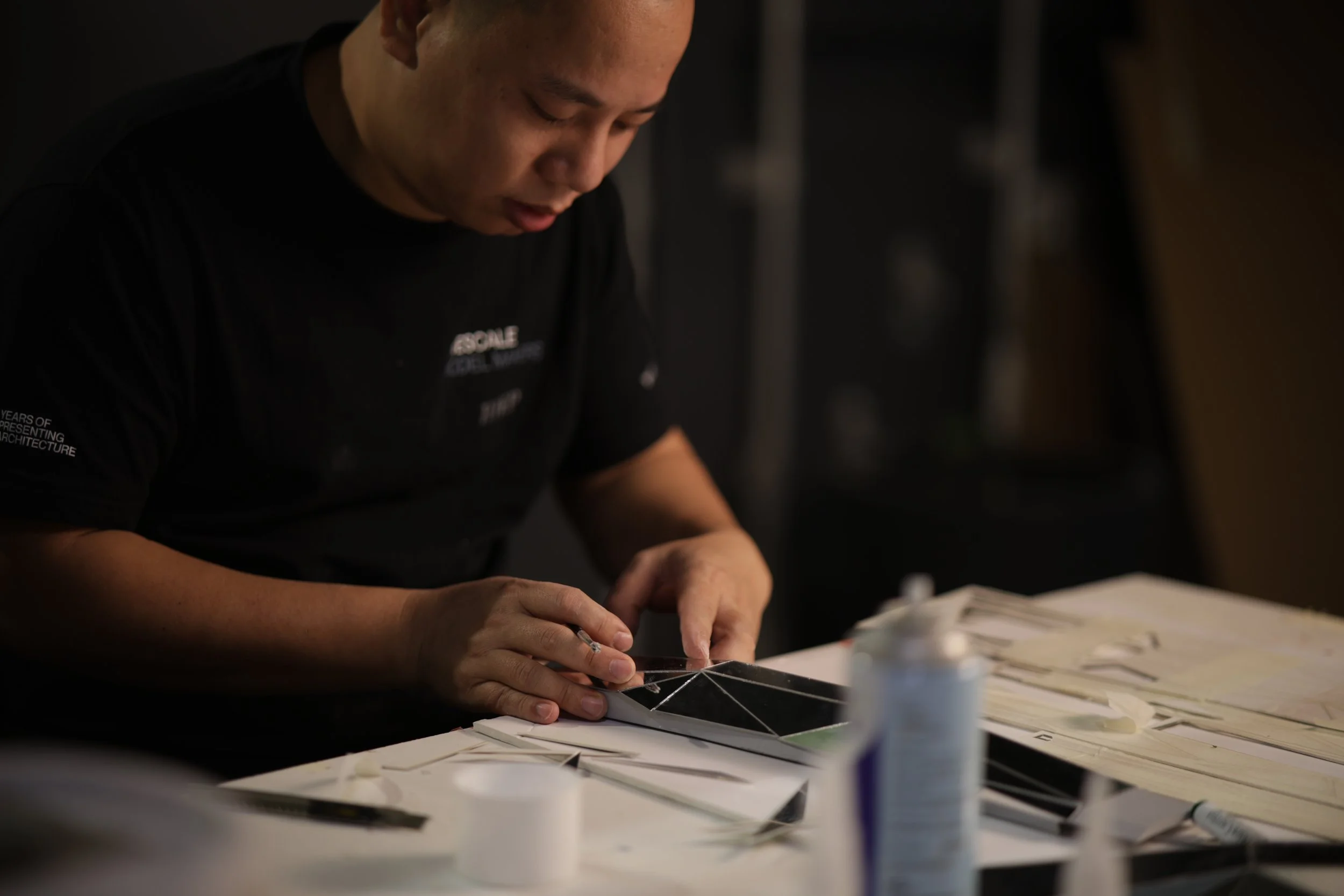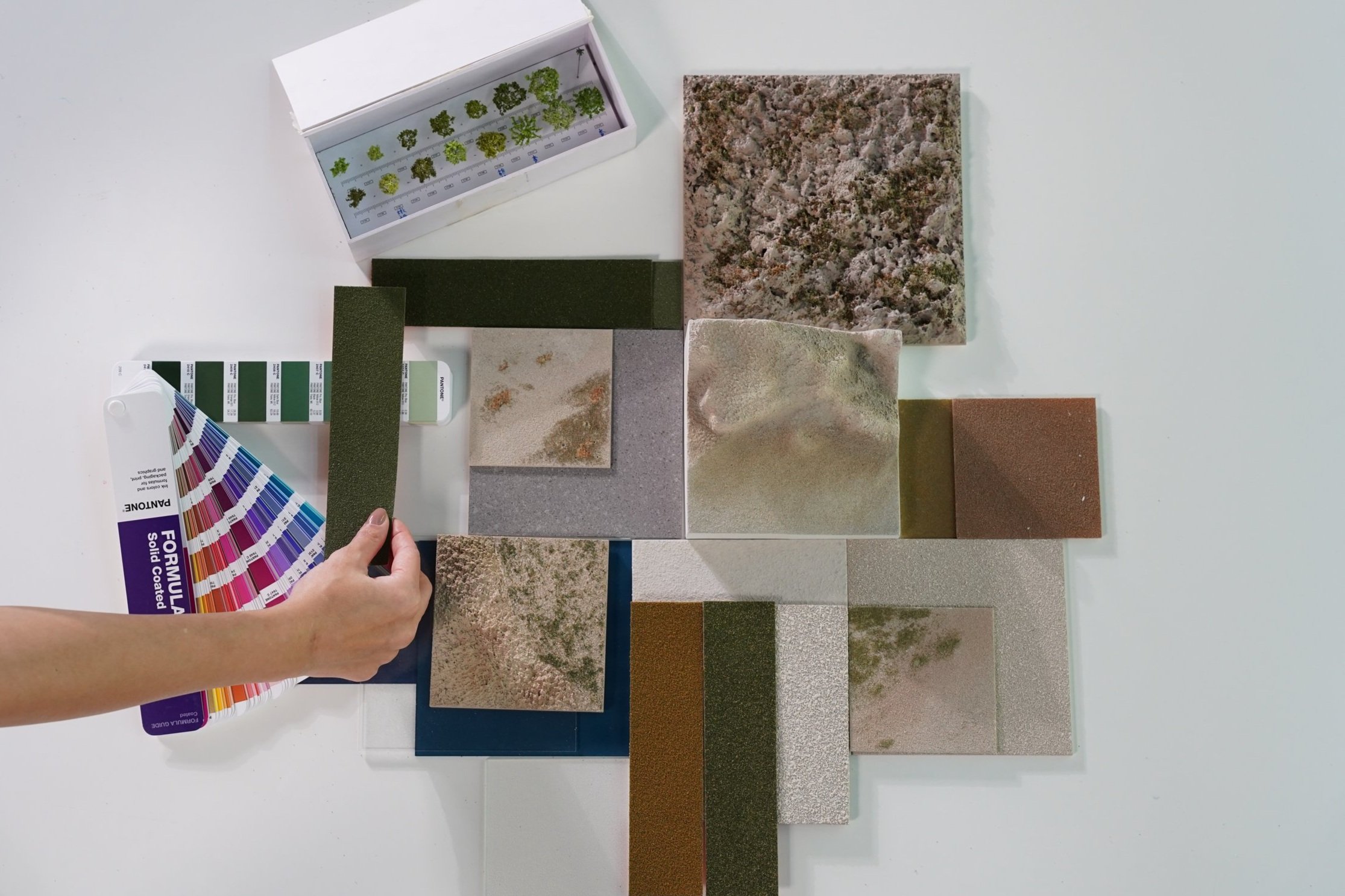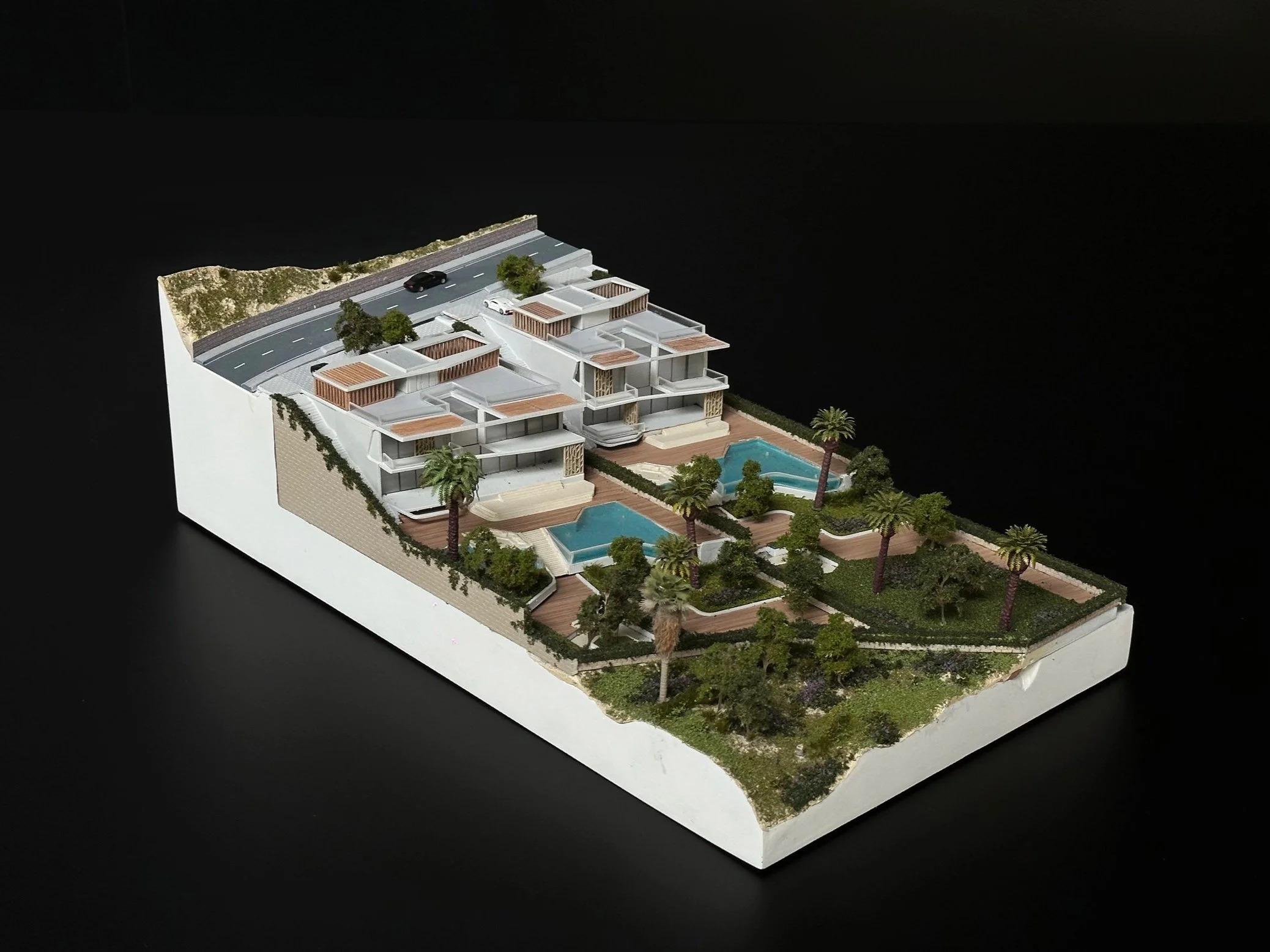Before the Build:
How Scale Model Samples Shape the Final Production
This hands-on approach fosters collaboration and encourages diverse perspectives, ensuring that the final product aligns with the client’s vision. By investing time and resources into developing scale model samples, the design process becomes more iterative and creative, ultimately paving the way for successful outcomes and satisfied clients.
In any design-driven industry, the process of transforming a concept into a finished product requires multiple stages of refinement and validation. One crucial yet often overlooked stage is the creation of scale model samples. These samples of the final product offer an invaluable preview, allowing designers, manufacturers, and clients to make informed decisions before committing to full-scale production.
Enhancing Collaboration and Communication
One of the primary benefits of creating a scale model sample is that it enhances collaboration between teams. Designers, engineers, and production teams often have different perspectives, and a physical model allows each party to assess the project in real time. It also facilitates clearer communication with clients. Many clients find it easier to grasp the full scope of a project when they can physically interact with a model, ask questions, and provide feedback.
Clients often see features or design elements they might have missed in digital formats. Having a model in hand makes it easier to request changes before the final production begins, ultimately improving customer satisfaction.
By actively participating in the development of the model, clients and teams can build trust and ensure that the final product truly reflects their shared vision.
Visualization of Ideas
Scale model samples are more than just visual aids—they provide a tangible, hands-on representation of the intended final product. By seeing a scaled-down version, stakeholders can evaluate proportions, aesthetics, and functionality in ways that digital renderings or flat blueprints cannot match. These models help identify design flaws or potential improvements early on, reducing the risk of costly revisions down the line.
In the initial stages of model making, creating samples is crucial for helping clients determine key design elements such as colors, materials, textures, and the type of finish they want for the final product. These tangible models allow clients to see, touch, and evaluate different options, making it easier to visualize how various elements will look and feel in the final design. By interacting with physical samples, clients can make more informed decisions about aesthetic choices and ensure that the model aligns with their vision before full-scale production begins.
3D Printed Samples
With the rise of 3D printing technology, the process of creating samples has become faster, more precise, and cost-effective. Traditional methods of model making required highly skilled craftsmen, but 3D printing allows for rapid prototyping, making it easier to create detailed samples in a fraction of the time.
3D printing offers designers the ability to quickly produce multiple variations of a model, enabling an iterative design process where changes can be made and tested efficiently. This is particularly beneficial in industries like product design or architecture, where constant refinement is needed before finalizing a design. Moreover, 3D printers can produce intricate details that would be difficult or time-consuming to achieve by hand.
Model samples are far more than just miniaturized versions of the final product—they are an essential tool for ensuring that designs are functional, aesthetically pleasing, and ready for production. From visualizing ideas to testing materials, samples provide crucial feedback that helps refine and perfect a design before committing to large-scale production. Whether using traditional craftsmanship, modern 3D printing, or a combination of both, the creation of samples remains a vital step in the model-making process,
The Valley Villas
EX Emaar
Zayed National Museum
Abu Dhabi Culture and Tourism
Monaco Waterfront Concept Master Plan
Solidere International







